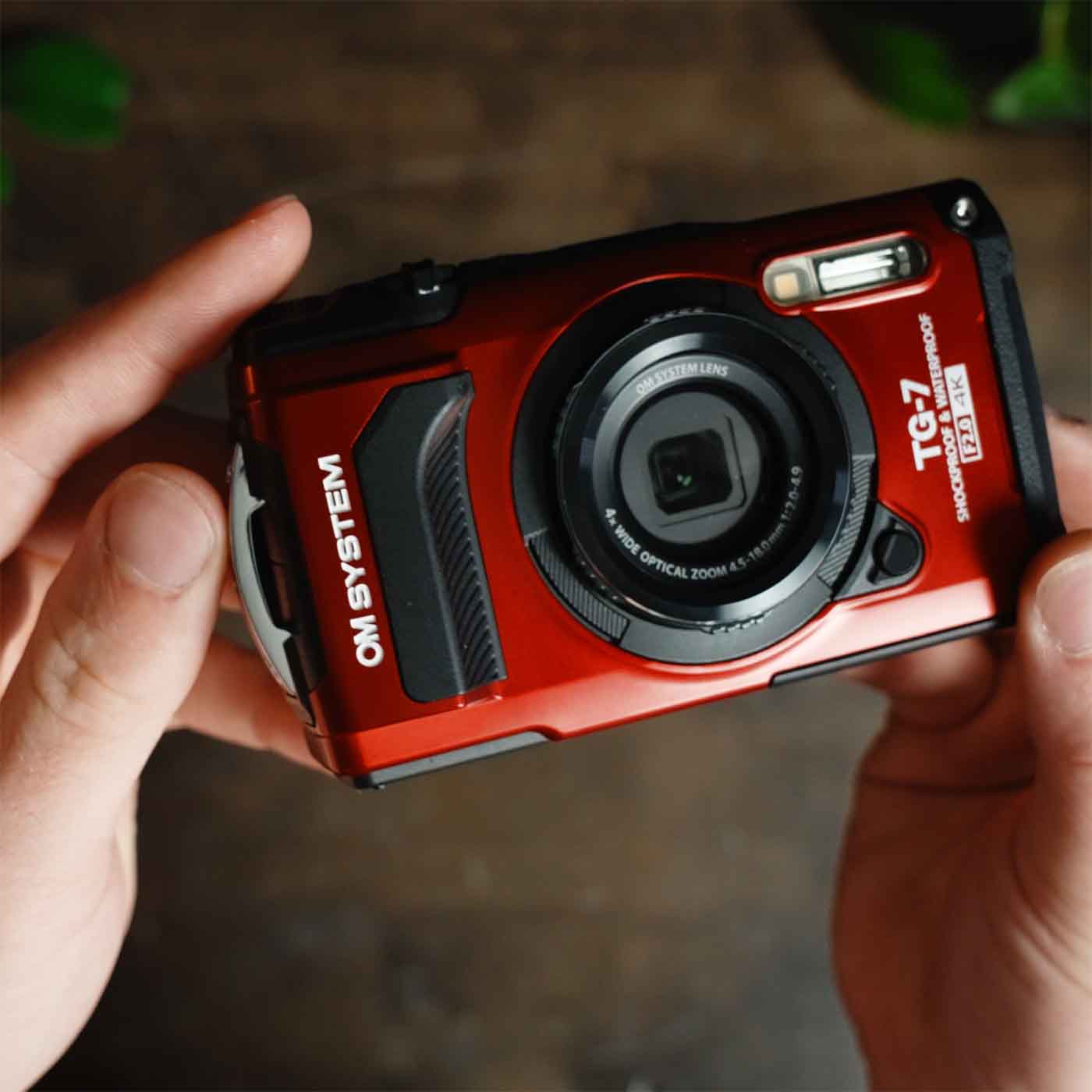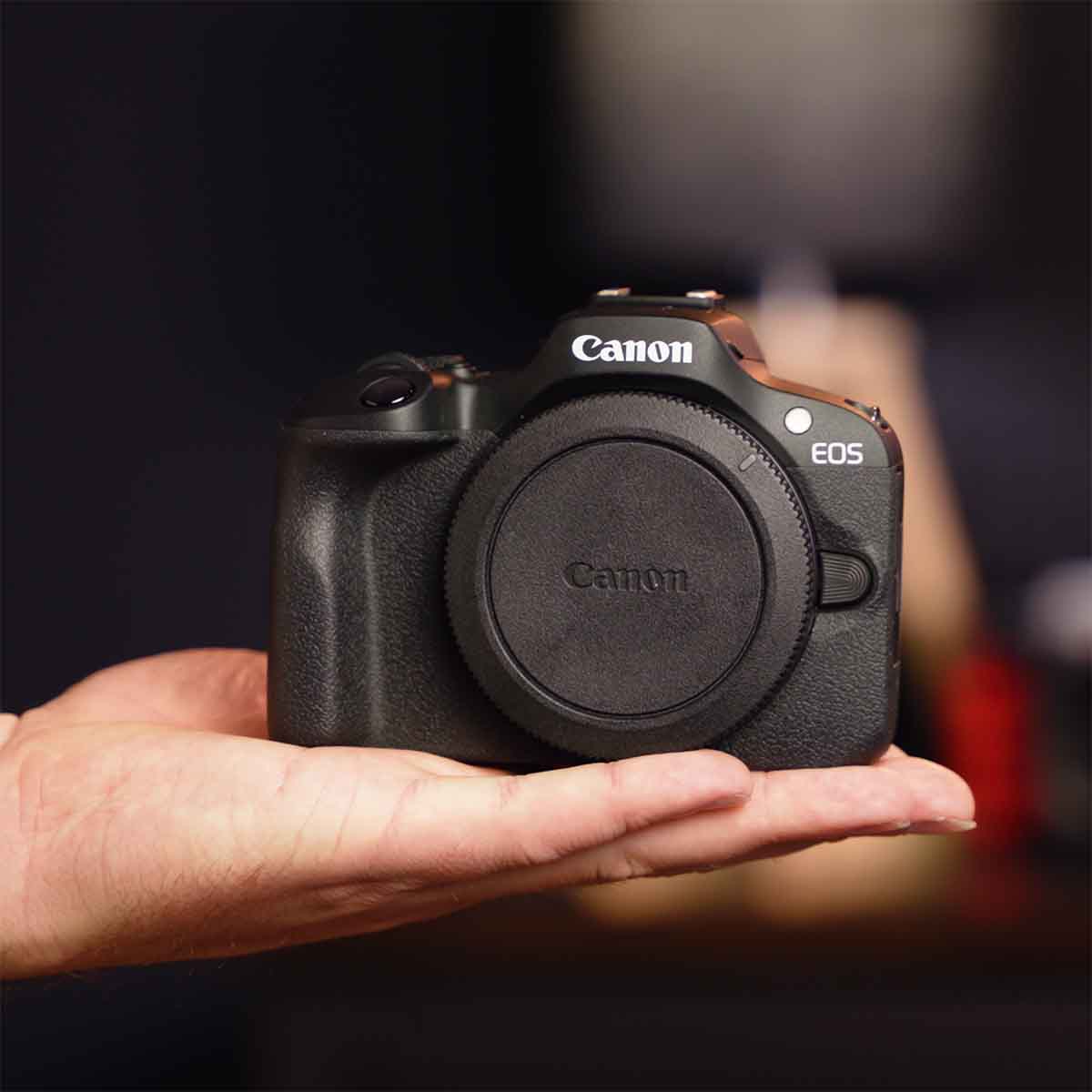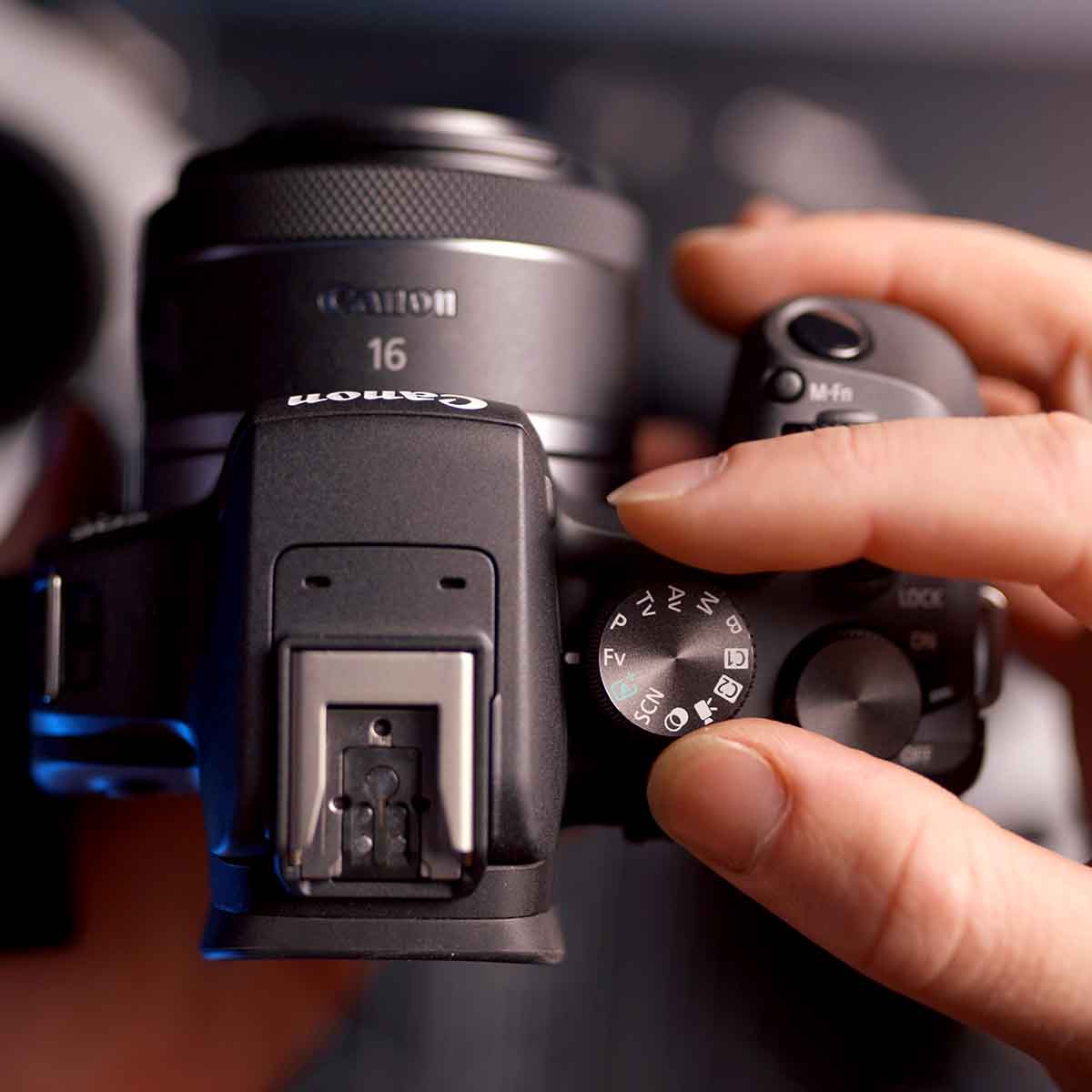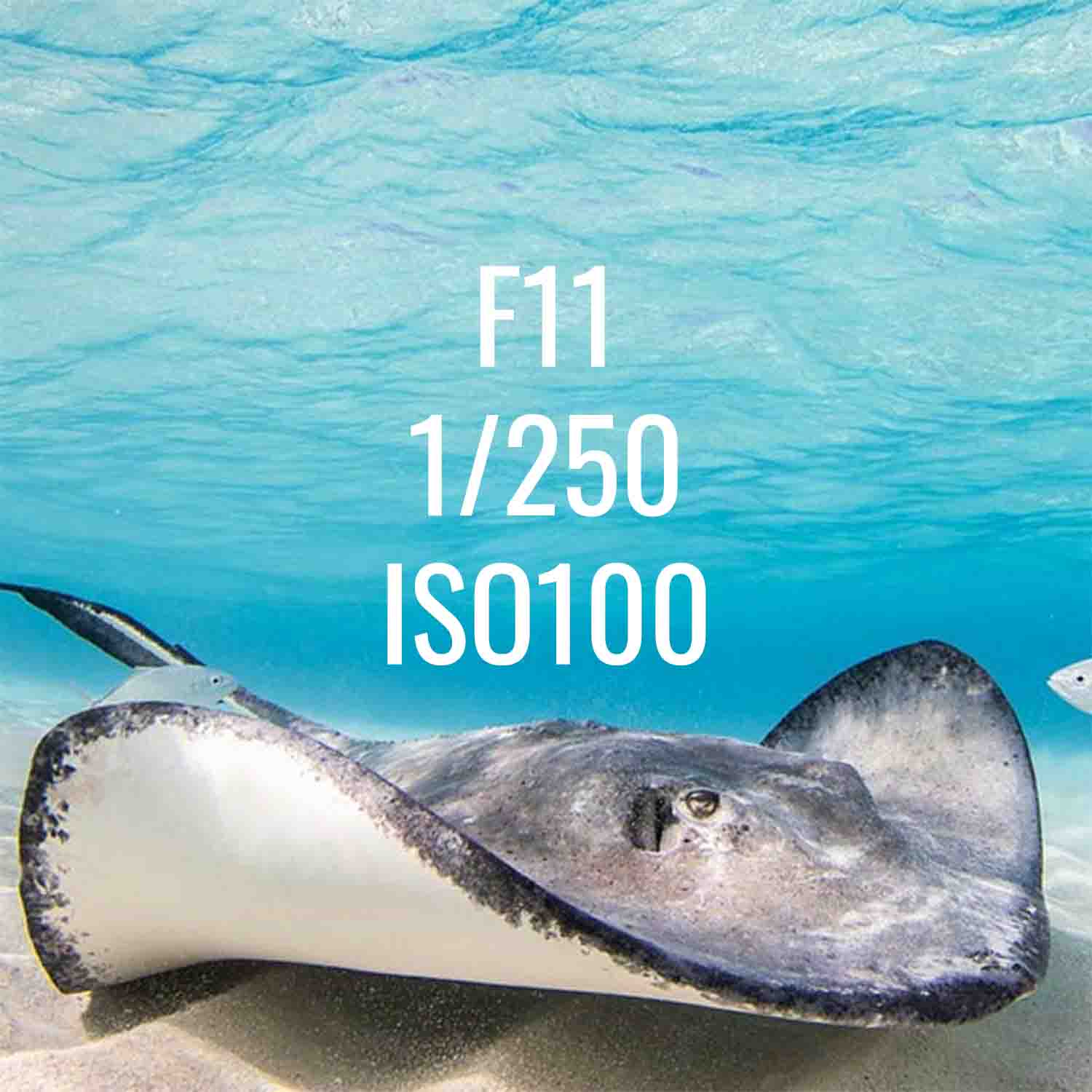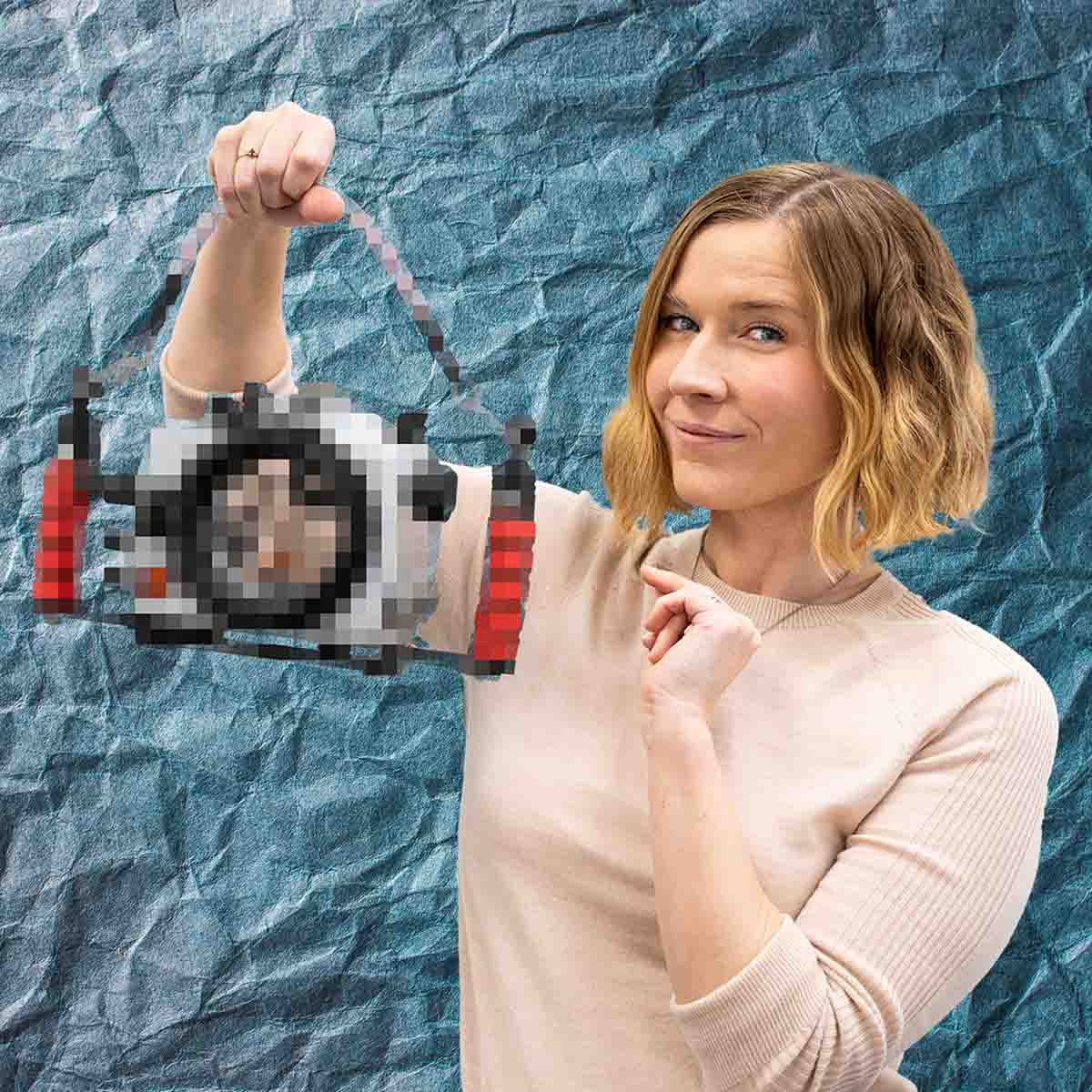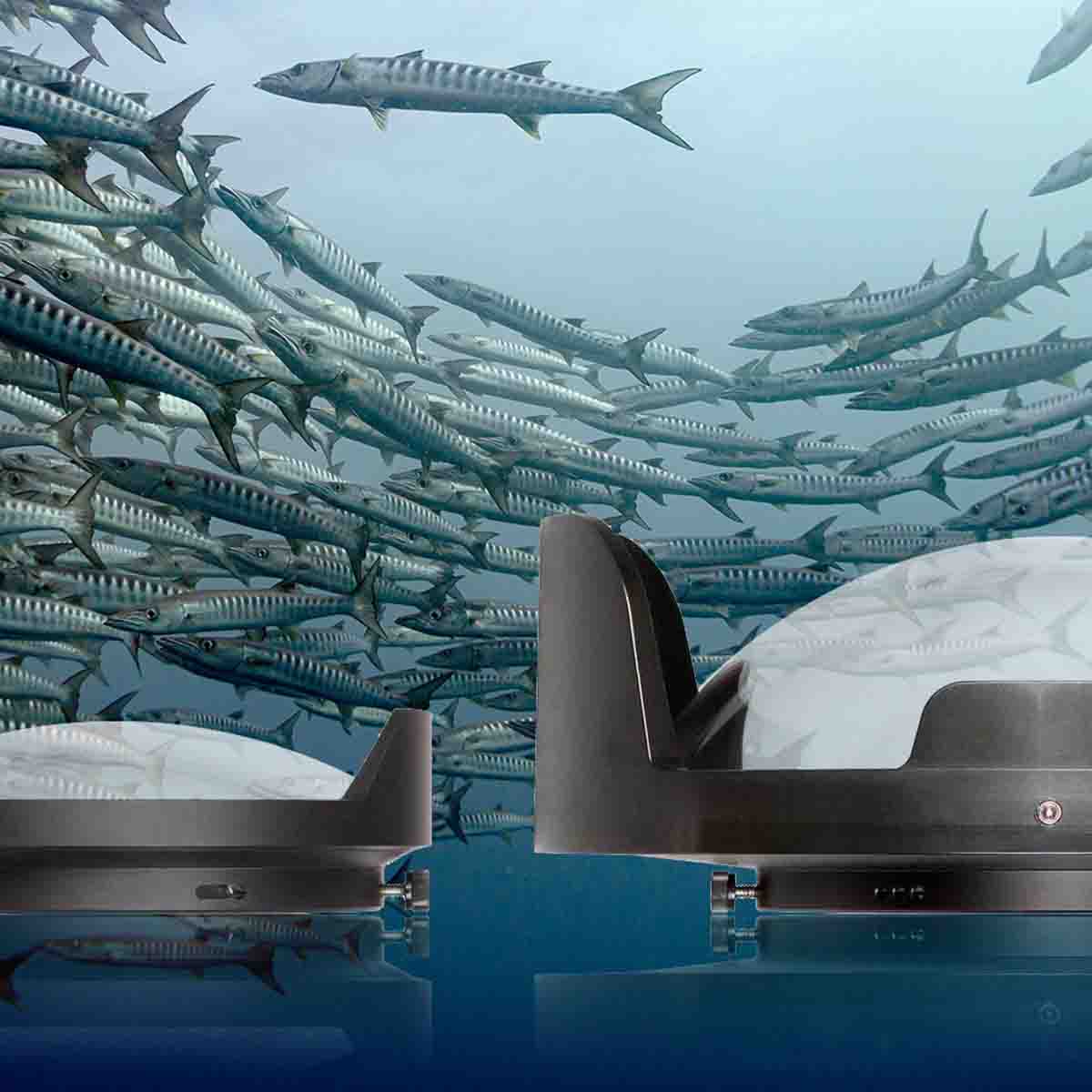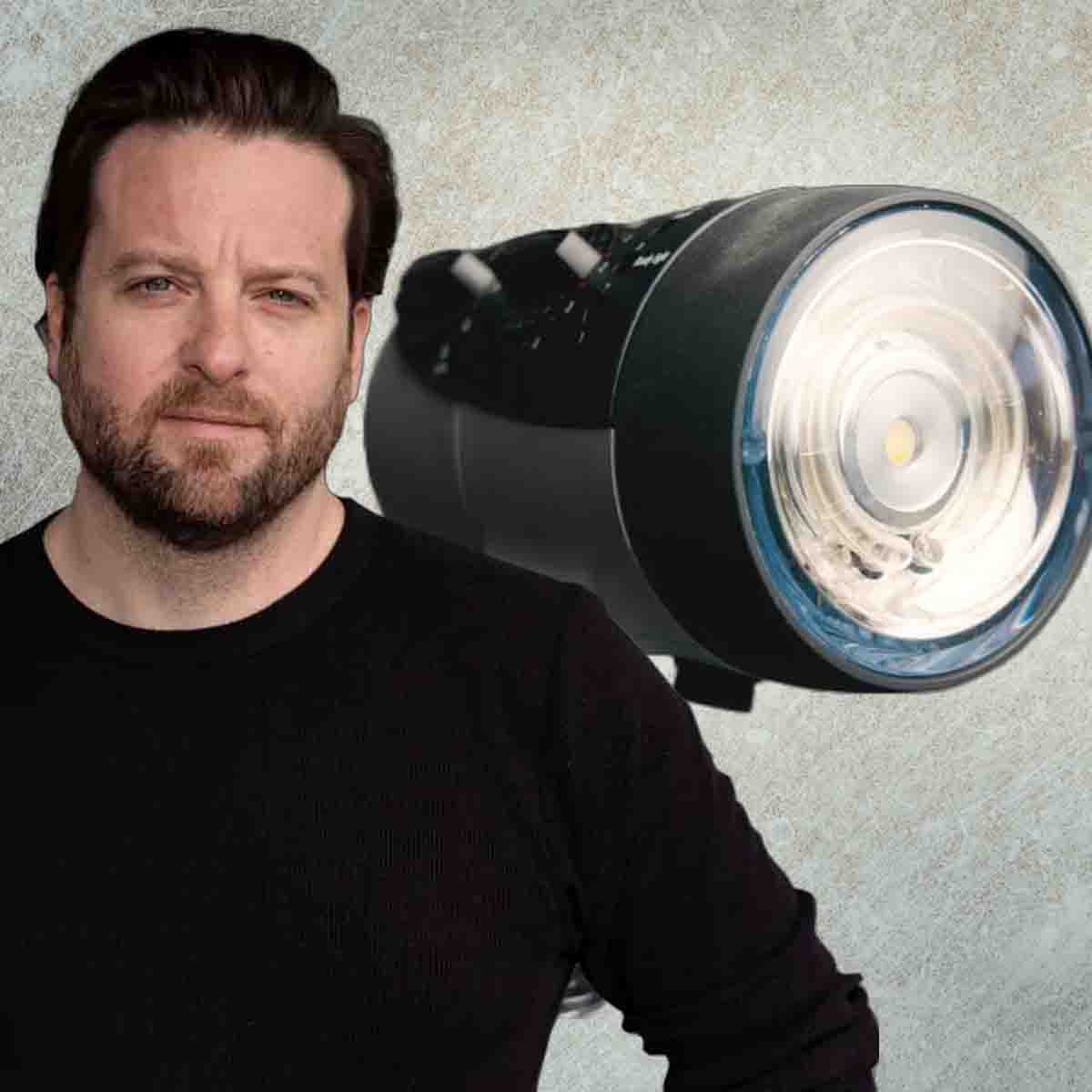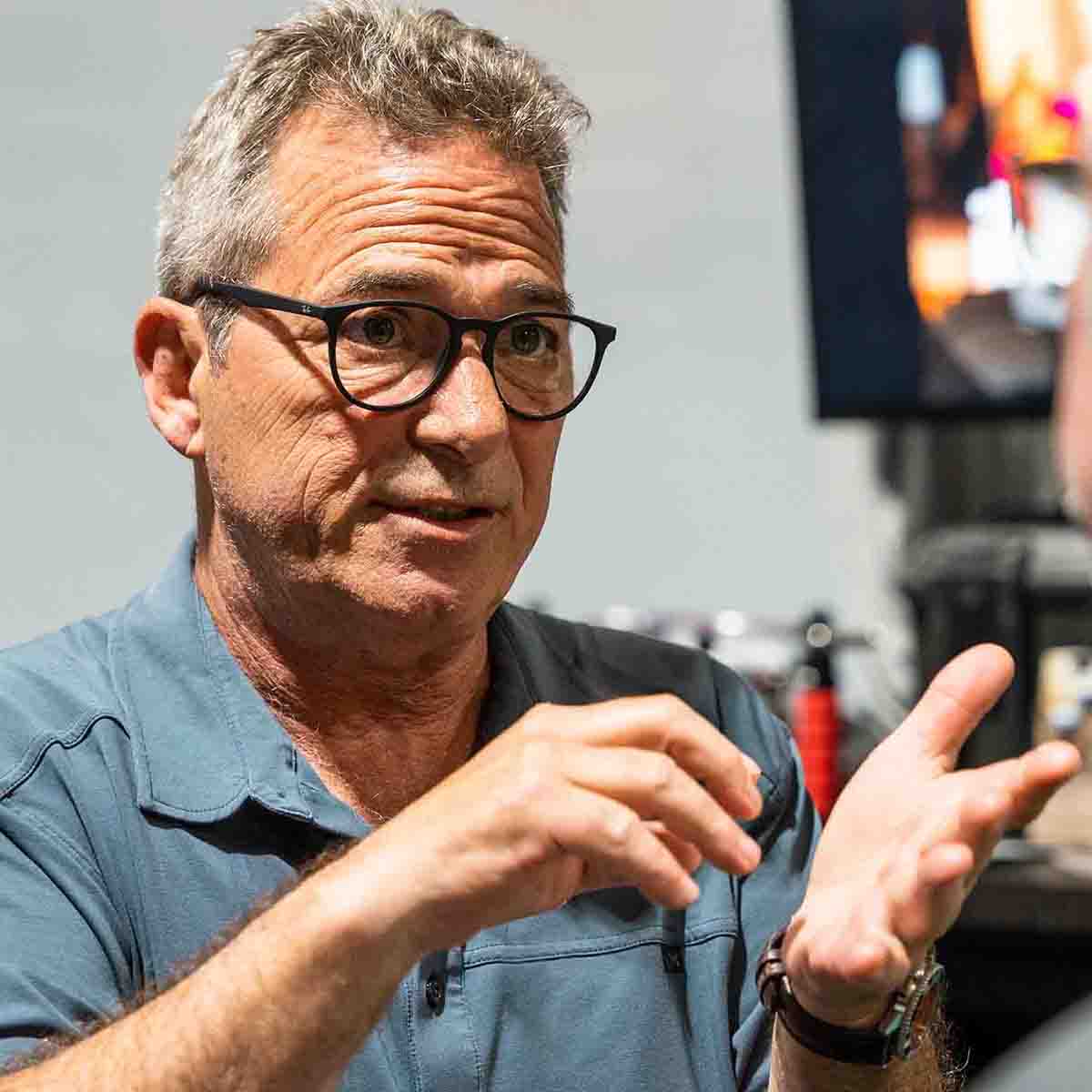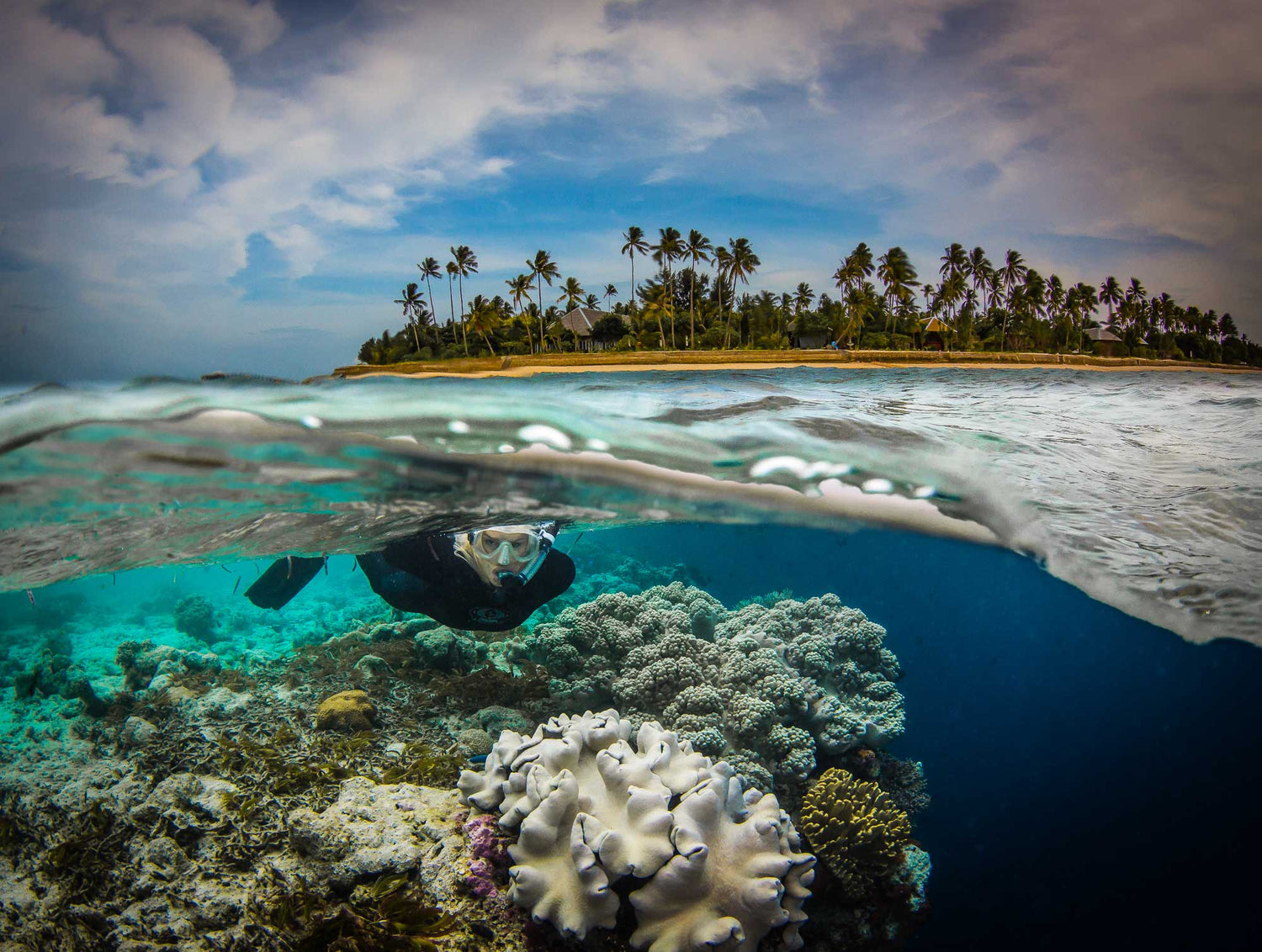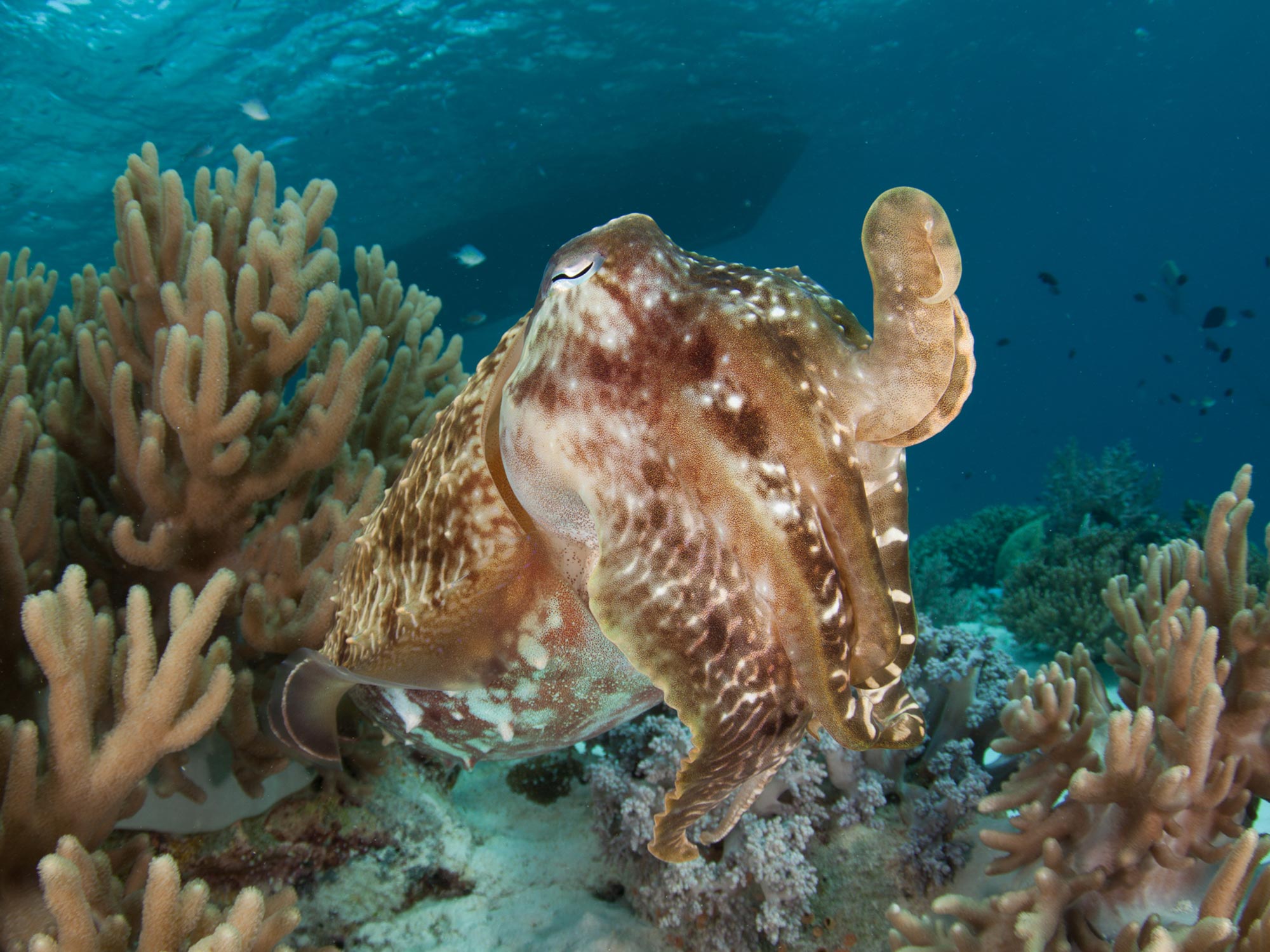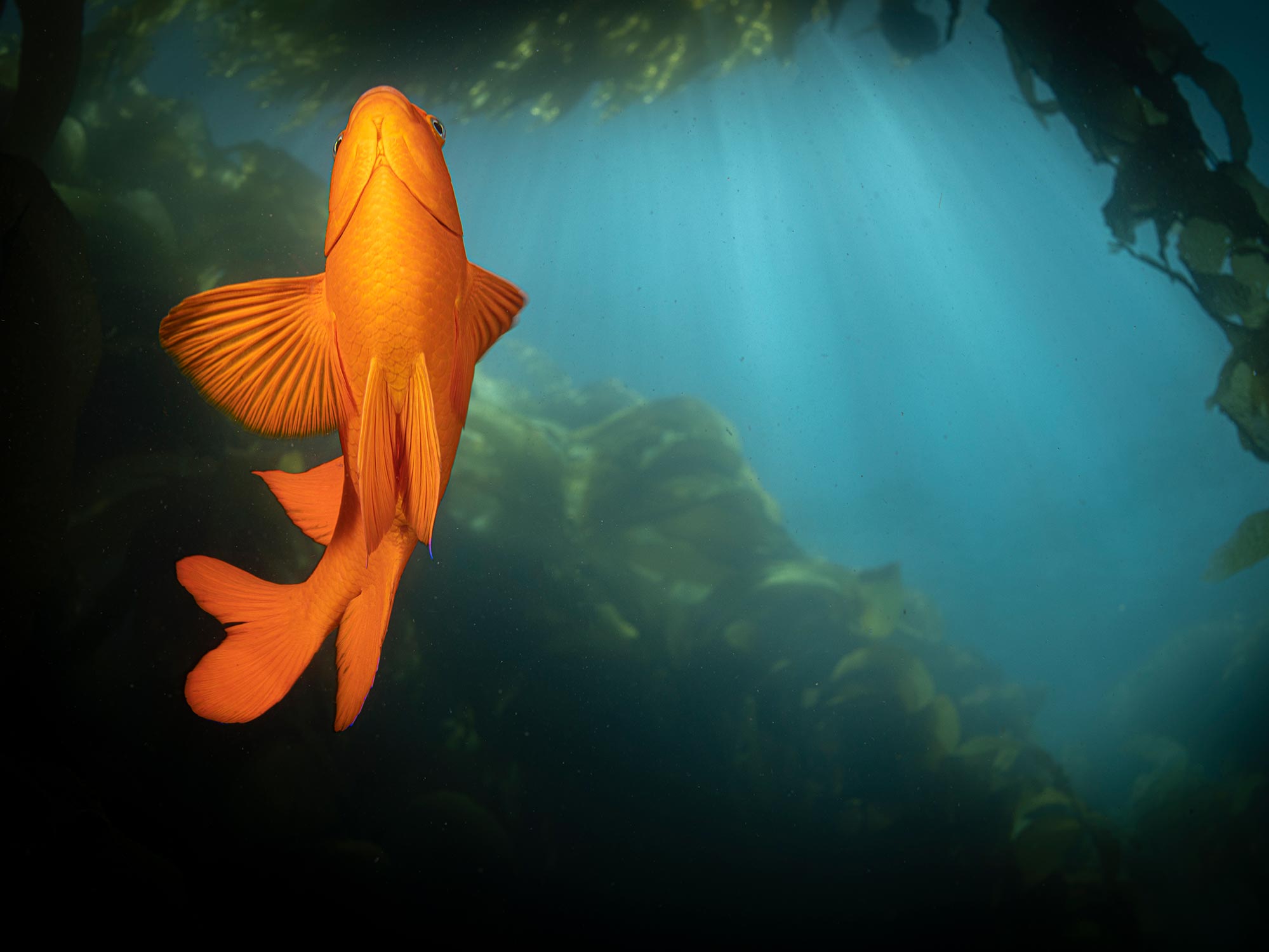Where
Any where you dive, images of your buddies are fun to have. These settings will be for ideal tropical conditions with good sun.

A diver anywhere in the frame will add a sense of scale, even if the scale is deceiving. This diver is only 15-20 feet away, and the soft coral is just a few feet long. © 2022 Steve Miller
DSLR + Mirrorless
ISO: 200-400
Mode: Manual
Aperture: Variable through whole range, depending upon how dark or light you wish your background to be. Start with F-8 if you aren't sure, then change after previewing your image.
Shutter Speed: 1/125-1/160 flash synch.
Lens: 8mm to 35mm typically. Wider angle lenses will allow you to capture more of the reef, while being close enough to your diver to light them with flash, should you decide to.

A colorful reef is set to scale by adding a diver. She is out of flash range, and the strobes are "flash filling" in the colors of the corals close enough to reflect. A manual camera exposure 1-2 stops darker than the natural light reading with strobes set out wide on TTL is a good place to start. © 2022 Steve Miller
Point + Shoot
ISO: 100 to 200
Mode: Manual or Aperture Priority. If you are shooting natural light, Program will work as well.
Aperture: Full range depending on sun in your frame.
Shutter Speed: 1/125 to 1/200
Lens: Full wide angle with or without a wide angle wet lens.

Ascending and swimming often presents the lines and shapes of divers in a better light. © 2022 Steve Miller
Technique
Many of us consider divers the most difficult subjects to shoot. Fish and corals are always beautiful, but people hovering in a weightless environment can look like they have broken legs. Divers are often posed in ways that look "uncomfortable."
If you are lucky enough to have a buddy that is willing to sacrifice their dive to be your model, then you can mediate this in two ways. The first is to have them swimming, even if very slowly, it will look more natural. The second, and our favorite way, is to have your models is stay 15-20 feet shallower than the camera, in between the lens and the sun. Once the shot is set up have your model move wherever you wish them in the frame with hand signals. At these distances, your model could be anyone, and will be mostly silhouetted. As a compositional element, this silhouette can add a sense of scale that totally changes the image.
Strobes
Position your strobe(s) far away from the lens, just behind the focal plane and angled forward to reduce backscatter. If you are shooting TTL and the lens is opened up for a natural light exposure (read the water column with your light meter) then the flash will be very soft,and simply fill in shadows and colors.

The easiest method of incorporating divers in your image is to use Close Focus Wide Angle, and have your diver shallower than you, so an upward camera angle captures and separates them from the rest of the frame. © 2022 Steve Miller
Want the easy way to improve your underwater photography? Sign up for our weekly newsletter for articles and videos directly in your inbox every Friday:
Additional Reading
Close Focus Wide Angle In Depth
Safety Advice for Underwater Photographers


